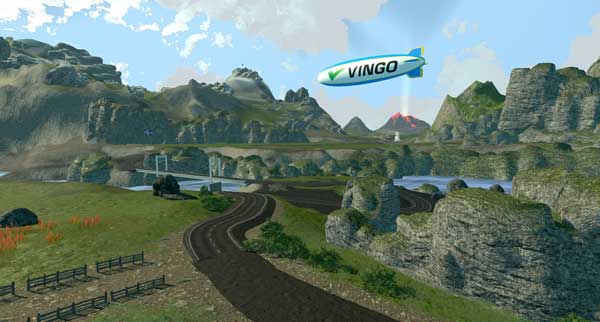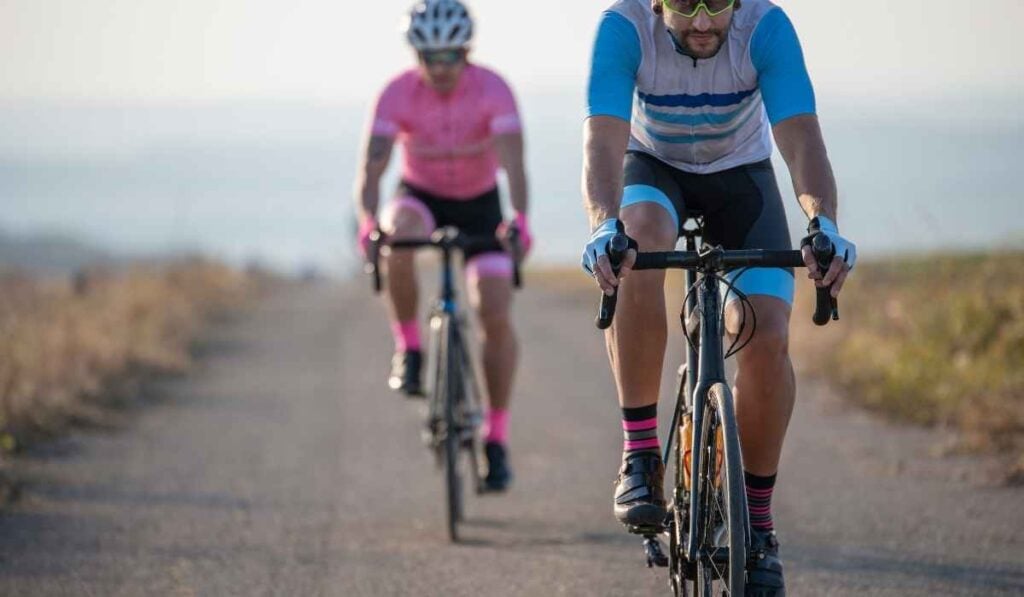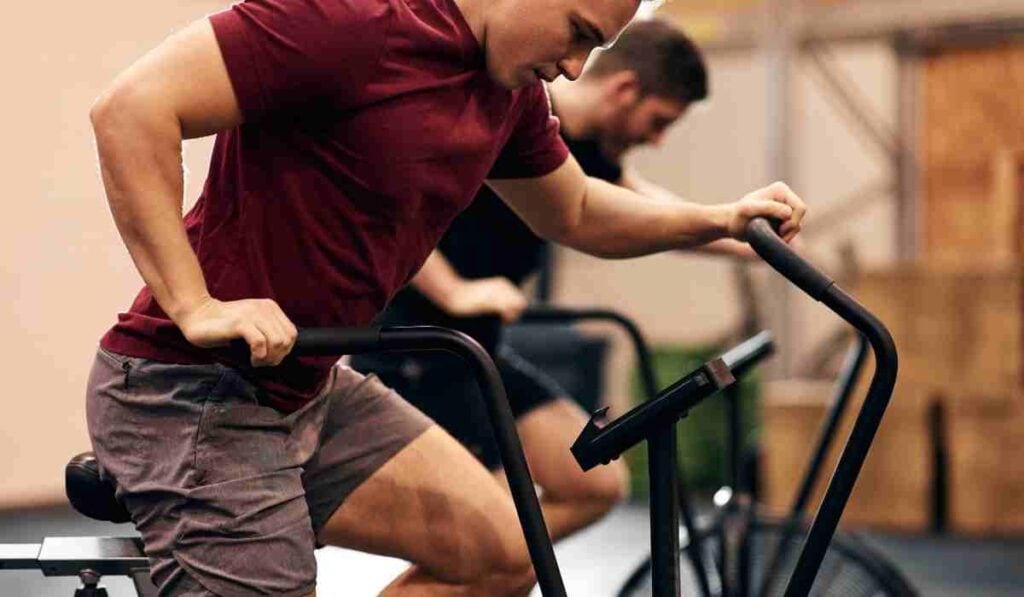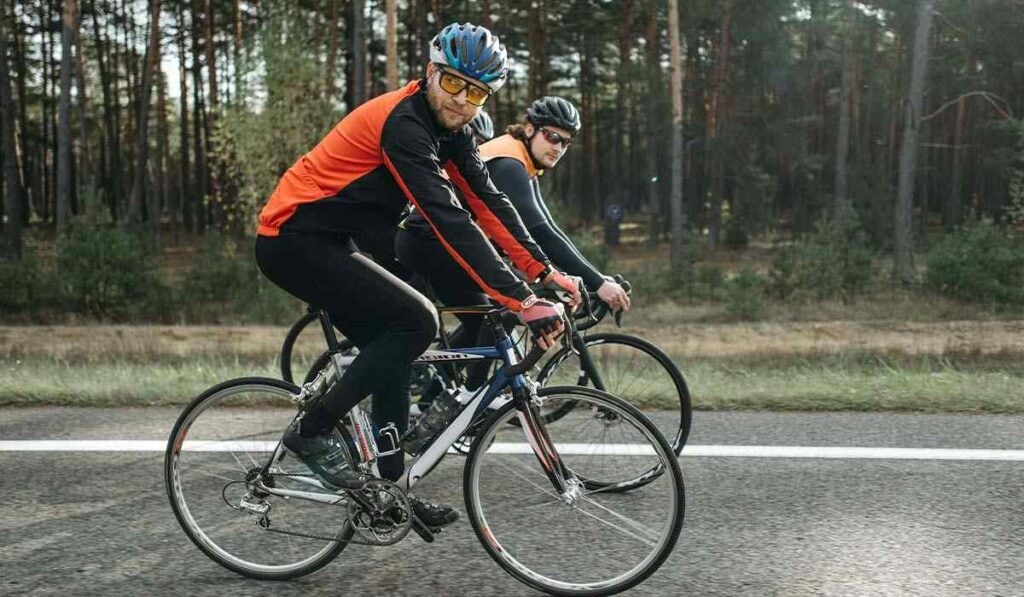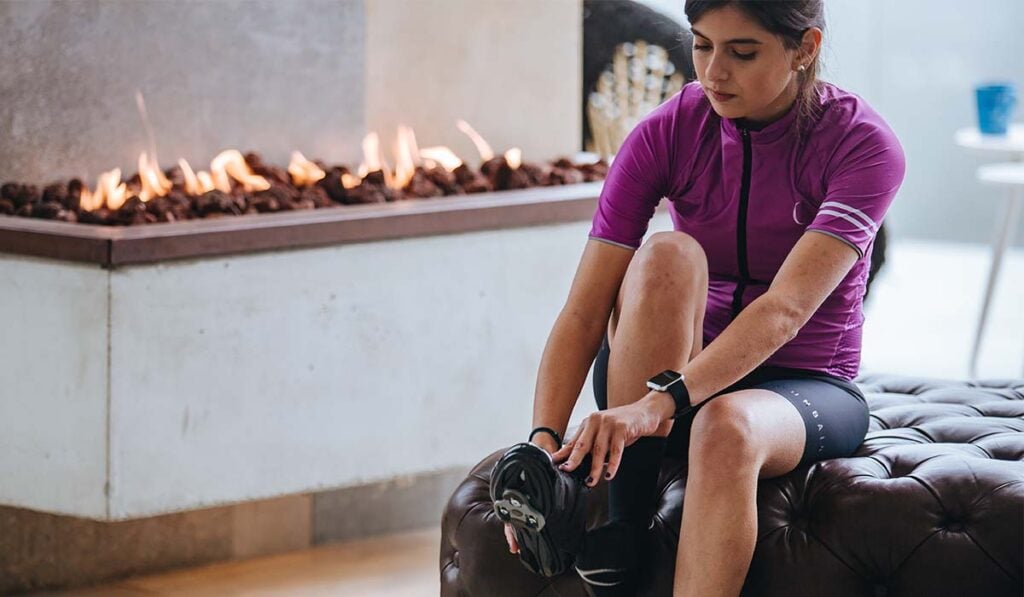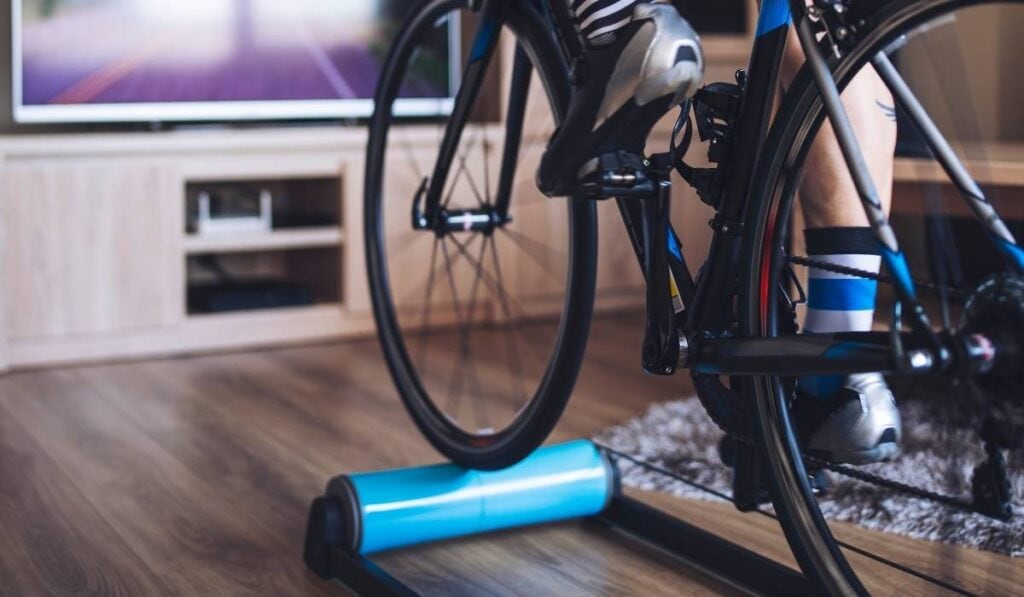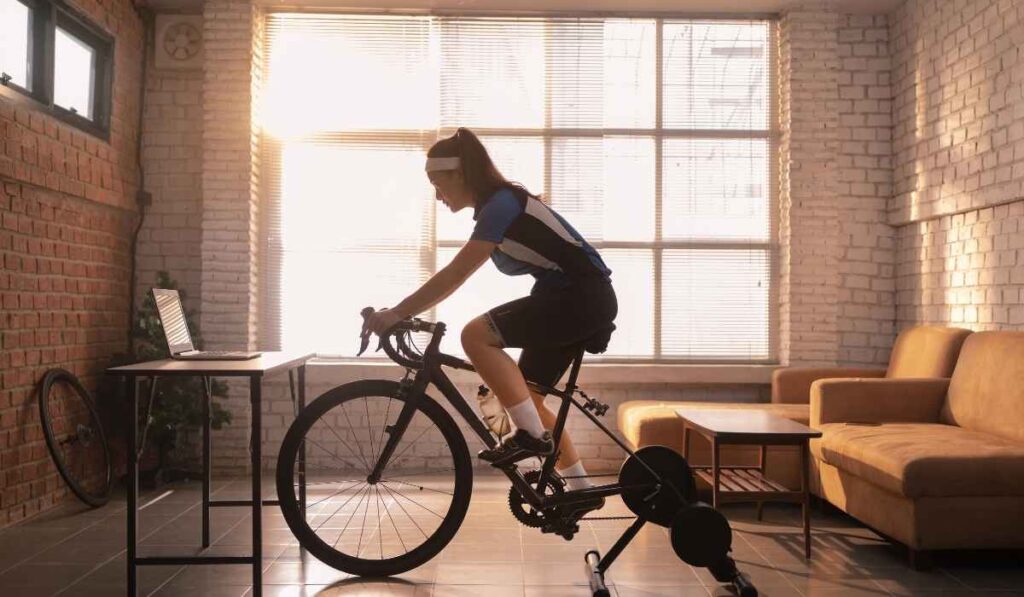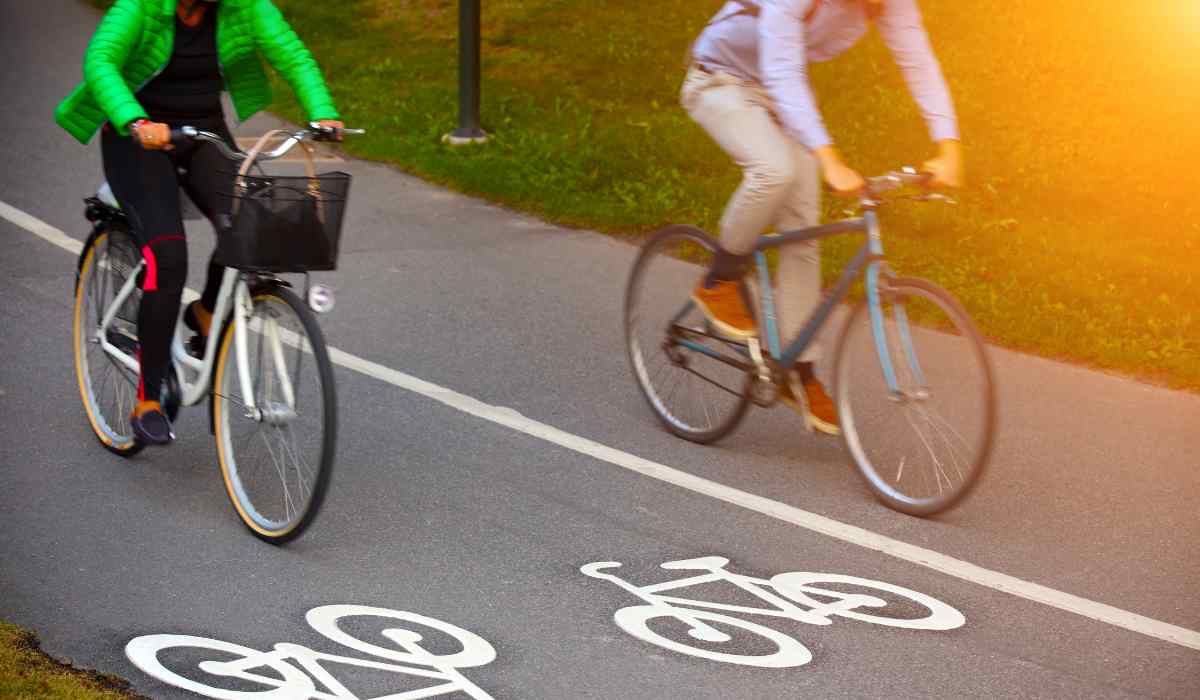
How to Buy a Used Bike
- Why buy a used bike?
- Identify your budget before you buy a used bike.
- Determine what type of bike you want.
- Know where and when to find the best deals.
- Carefully inspect every used bike.
- Ask the right questions.
- Make sure it’s the right size.
- Cross-check asking prices.
- Conduct the transaction in person.
- Key Takeaways:
Want to start biking but don’t have the budget for a brand new bike? Don’t give up just yet! There are some really great used bike options out there just waiting to find a forever home.
Being new to the sport, you might not know the first thing about buying a bike, let alone a used one. Follow this guide to learn how to buy a used bike and ensure you get the best deal possible.
Why buy a used bike?
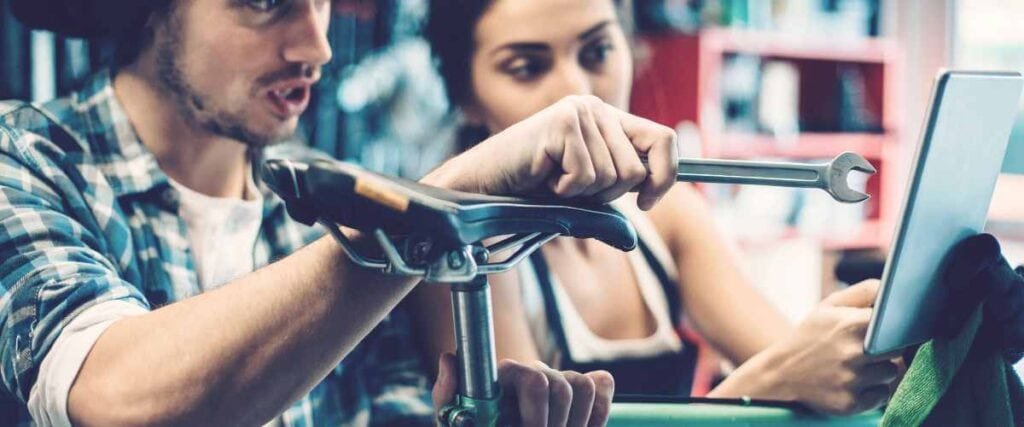
Both beginner and advanced cyclists buy used bikes for several good reasons.
First, it’s a more budget-friendly way to get started. For example, if you’re new to biking but want to get fit by using Vingo to cycle indoors regularly, a used bike is a small financial investment that will help you get started. Plus, Vingo is compatible with all indoor and outdoor bikes, so you don’t have to worry about locating a specific type of used bicycle.
Additionally, many used bikes come with “extras,” like upgraded components that the previous owner has added over time. These “extras” likely cost the previous owner much more than what you’d pay for them by buying the bike used, so you’ll save money and enjoy all the upgrades!
And finally, the previous owner will have already set up the bike with things like lights, a bike lock, and more, which will make it easier for you to start cycling immediately. The seller might even be willing to throw in additional gear, like a rear bike rack or bag, mudguards, or fans and rollers (for indoor riders).
Identify your budget before you buy a used bike.
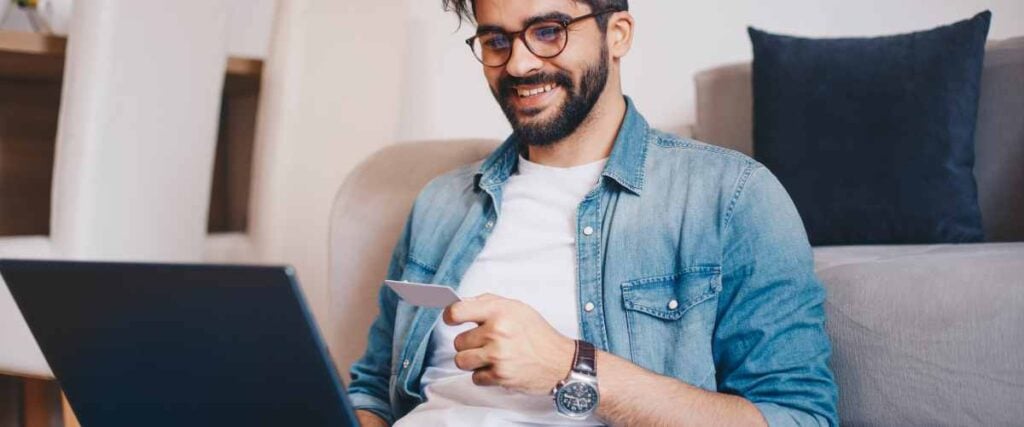
Know exactly how much you’re willing to spend when buying a used bike and stick to it. If, when you start shopping around, you find that your budget isn’t large enough, consider holding off and saving a bit more cash before you buy a bike.
Also, don’t forget to consider that part of bike ownership is maintaining it. Regular maintenance comes with a cost, but you’ll be set if you build the maintenance costs into your initial budget.
Determine what type of bike you want.
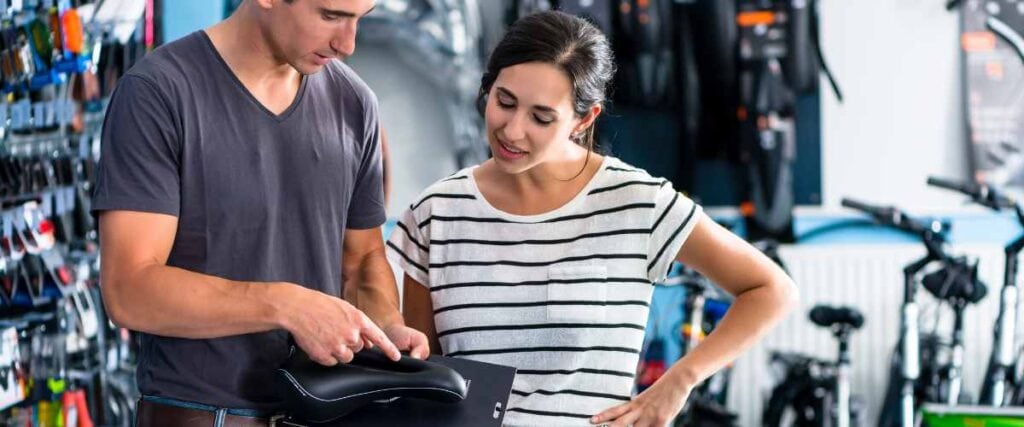
Depending on the cycling you prefer, you can narrow your search for a used bike by only looking at specific types. For example, if you like road biking or graveling, you can start by looking for those particular bike styles. Narrowing down your search to just one or two types of bikes will make buying a used bike significantly less complicated as fewer options will be available.
Know where and when to find the best deals.
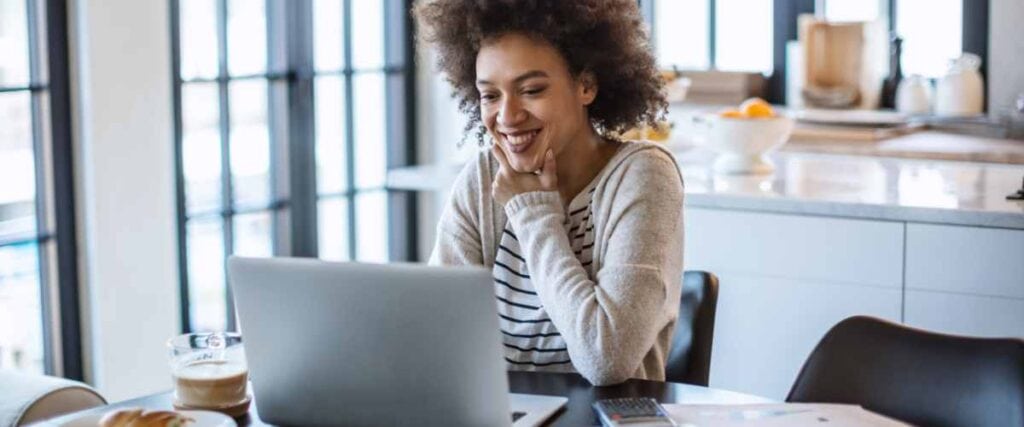
If you can, wait until the fall to buy a used bike. The newest models will be coming out for the upcoming year, and other cyclists may be more likely to sell old bikes and shop for something new.
When you’re ready to start searching, check with your local bike shops or secondhand shops for any refurbished options. You can also discover great deals by talking to members of your local bike club or asking fellow friends and cyclists. Buying from someone you know is a preferred option because you’re unlikely to get scammed, and you’ll have a general idea of how they treated the bike. You’ll also probably know whether it was involved in any crashes.
If you end up shopping online, you can browse websites like Facebook Marketplace or eBay to buy a used bike. Just be cautious about buying from online sellers, and only send money after seeing the bike in person first.
Carefully inspect every used bike.
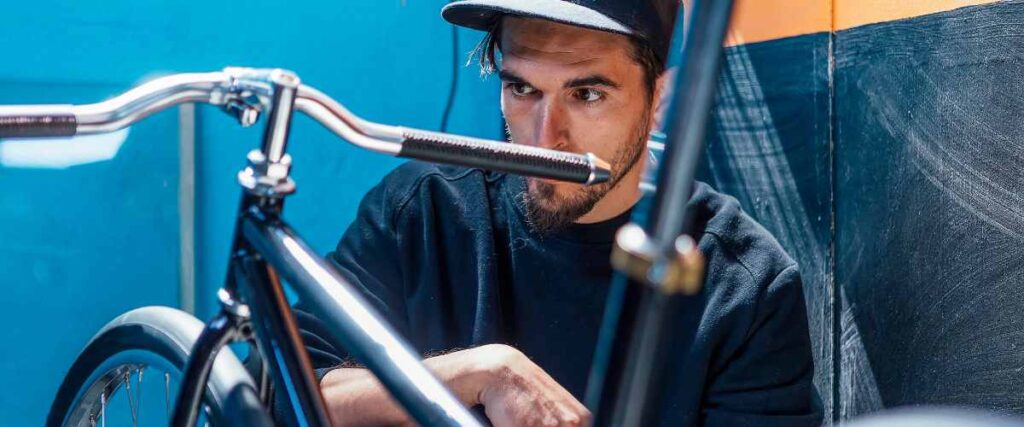
Once you find a used bike you’re interested in, carefully scrutinize any imperfections. Rust, dented frames, and cracked tubes are all major red flags that a used bike is not a good investment. On the other hand, minor scrapes or chips in the paint are cosmetic issues that you can easily fix.
If you’re buying a used bike online and the seller only uses stock photos, request actual pictures of the used bike so you can see its current condition. It might also be helpful to review our bike parts glossary so you know more about the various parts of a bike and what a bike in good working condition should look like.
Ask the right questions.

It can be intimidating to buy a used bike, especially from an unknown buyer. However, by asking the right questions, you can avoid any significant issues with a used bike purchase. For instance, you’ll want to find out how long the person has owned the bike, when it was last serviced (and what bike maintenance services were completed), if any part of the bike has ever been repaired or replaced, and if it’s damaged in any way in its current condition.
If someone is unwilling or unable to answer any of the above questions, it’s probably best to pass on the sale.
Make sure it’s the right size.
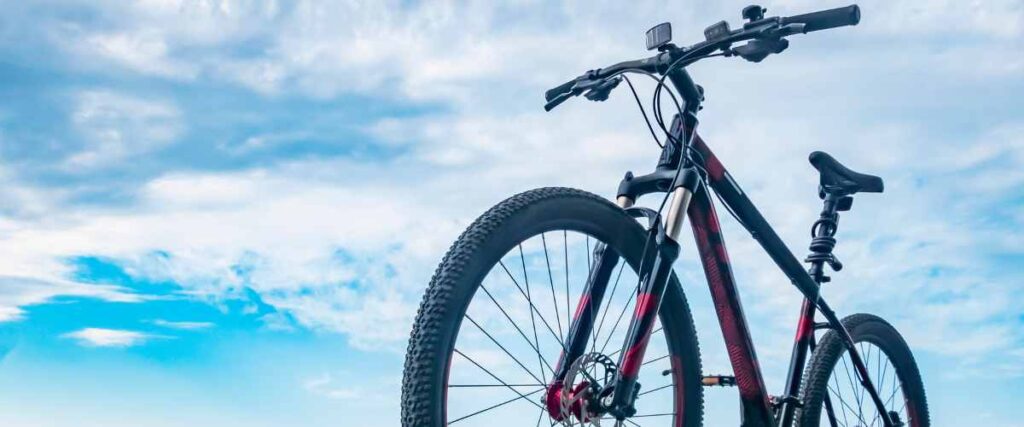
Even if it’s a great deal, don’t buy a used bike if it doesn’t fit you. Riding a bike that doesn’t fit is uncomfortable and can lead to unnecessary injuries. Instead, clarify with the seller that the used bike is the correct size for you. And if you’re unsure what size you need, head to a local bike shop and get fitted for a bike. The staff can help you determine what size bike you should be shopping for.
Cross-check asking prices.
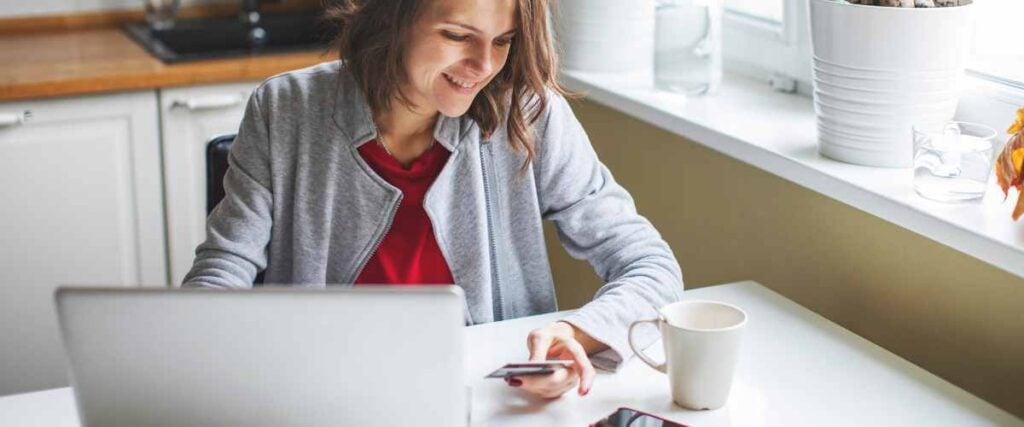
While shopping for a used bike, you might need clarification on whether a seller’s asking price is fair. An excellent resource for buyers is the Bicycle Blue Book. It provides helpful research and pricing tools for countless bikes based on more than 20 years of sales transactions. You can use this reference to cross-check sellers’ asking prices and ensure you’re getting a fair deal before investing in a used bike.
Conduct the transaction in person.
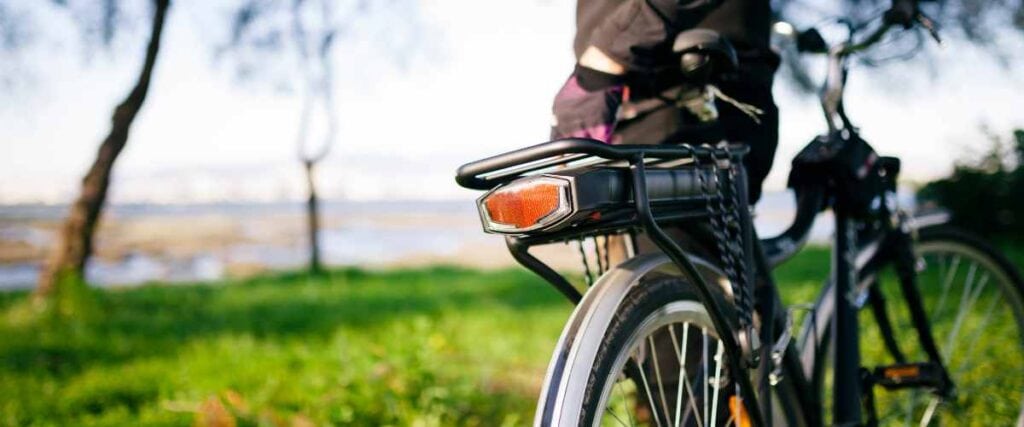
If you can, avoid buying a used bike online and conduct the transaction in person. By purchasing the bike in person, you’re less likely to get scammed by the seller or have the bike go missing or get damaged during shipment.
To stay as safe as possible, take a friend with you to complete the purchase and arrange to meet in a public place. Or, if you have to go alone, check in with a friend or family member right before and after the sale and let them know where you are.


